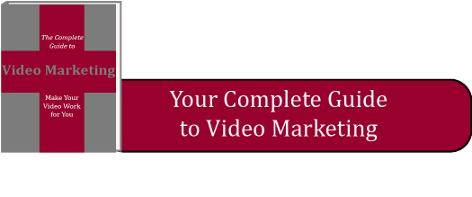In our first SEO on-page article we talked about how to take advantage of long-tail keywords. Now we want to dig down into what we need to optimize a website page.
The first part is to make sure you write around the long-tail key phrase you researched. Make sure that it is a unique keyword for your site (you haven’t used before).
Page title: Add your keyword to your page title. Remember you have 72 characters that can appear in your page title so use them. Also, bear in mind that search engines weight the words at the front of your title more heavily than the ones towards the end.
Your key phrase should also be included in your page slug and URL as well.
Content: Makes sure that your key phrase is in the first part of the page. Placement of the keyword near the top is different from traditional writing where you lead up more to your topic. Writing SEO optimized copy is more similar to scientific writing vs. prose.
You should also mention your key phrase through the copy as appropriate we must caution against “keyword stuffing” or using the key phrase unnaturally.
Remember you are not just writing for SEO but for a real human audience you want to persuade to act. This can be easy to forget when you try to create “perfect SEO” but getting your audience to the page is only part of the battle. Getting them to act is winning the war.
Note: If it comes down to ticking a box for SEO or writing better always lean towards better writing.
Another component of your content is to make sure that you have over 300 words on your page. More is better to a certain extent as long as it is all engaging content.

Headings: You should use your key phrase in your headings. Not necessarily all your headings, (remember you have two audiences). A good place to add your key word is in an H2 heading.
Links: The internet is a connected ecosystem so remember to add internal links as appropriate. For instance to a related blog article or a call to action to the next step you want your visitor to make.
Image: You should chose an image or images that help engage your readers. However, you should also use an alt description that includes your keyword.
Meta description: The meta description is a synopsis of your page. In search engine results it is below the page title.
In WordPress, you can edit your meta description beneath the page copy. However, different themes and plugins can affect the location. Depending on what program you use to build your website it lives in different places.
You should keep your meta description below 160 characters and remember to build the synopsis around your chosen key phrase.
SEO is an important part of inbound marketing. If you need help with your SEO in Charlotte or anywhere in the Carolinas reach out to us. Want to learn more about SEO and inbound marketing download our Guide to Inbound Marketing.

